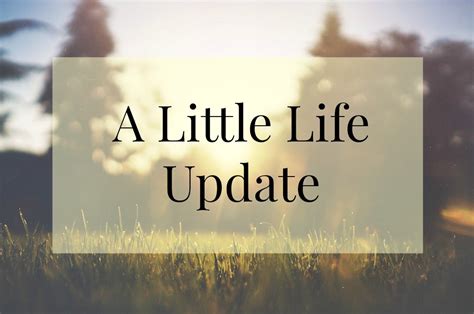
It has been exactly one year ago since my last post, and I’m happy to report that Everything Turned Out Just Fine. Not long after I wrote, I applied for what turned out to be my dream job, and I got it. I’m doing things I love (and am good at), and it is completely work-from-home, so I can be there to support my kids. The company has offices around the globe, but one of the biggest is right here in my region. So before the COVID restrictions were put into place, I opted to go into the office once or twice a week. It was a good way to meet new people face-to-face and establish relationships – and an excuse to dress like a grownup! Now, however, since COVID, I work 100% from home, and I have to say I am really loving it. I’ve settled into a wonderful daily rhythm, and since the company was already set up for remote work, the transition has been seamless. Thanks to the wonders of modern communication, I am able to connect with my colleagues easily, and I don’t feel isolated at all. I make enough money to take care of myself and my kids, despite the fact that my ex owes me tons of money and has given me next to no support (the wheels of justice grind slowly, but we’re getting there). Next week, I’m taking my kids on a family holiday that I made happen and paid for all on my own, and I feel a great deal of pride in being able to do that, especially when I look back one year ago and remember how worried I was. Along with my new job, and the newfound sense of pride it gives me, I have found a level of peace and happiness and contentment that I haven’t known in a long time. It was hard to let go of my marriage, but I can honestly say that I am in a much better place now, and better off for everything that happened. I love my life here with my kids and my friends, and every day I am grateful for where I’ve ended up.
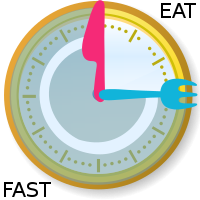 I also wanted to provide an update on Intermittent Fasting. I still practice this way of eating, almost two years since I started, which was right after (Canadian) Thanksgiving 2018. Over the first 3 months, I lost about 8-10 pounds, but then I hit a plateau. I was working on it when my marriage fell apart, and the stress and emotional trauma caused me to lose 20 lbs in about 3 months, which was not healthy for me, by the way. Despite realizing that it was not a Good Thing, I confess that I sure loved my new “divorce body”. When I recovered and began healing from that experience, I was determined not to pack on all the weight again. I knew that Intermittent Fasting would help with that. Even during the worst of times, when my appetite was minimal, I never really got out of the habit of eating later in the day, so going back to conscious fasting was easy. I made sure I ate delicious, healthy meals at dinner time, but otherwise I stuck with my usual one-meal-a-day pattern. I got to a healthy weight and have maintained that weight, give or take 3 or 4 pounds up and down, ever since. It’s the goal weight that I had originally set for myself when I began this journey almost two years ago, so I’m pretty pleased with that.
I also wanted to provide an update on Intermittent Fasting. I still practice this way of eating, almost two years since I started, which was right after (Canadian) Thanksgiving 2018. Over the first 3 months, I lost about 8-10 pounds, but then I hit a plateau. I was working on it when my marriage fell apart, and the stress and emotional trauma caused me to lose 20 lbs in about 3 months, which was not healthy for me, by the way. Despite realizing that it was not a Good Thing, I confess that I sure loved my new “divorce body”. When I recovered and began healing from that experience, I was determined not to pack on all the weight again. I knew that Intermittent Fasting would help with that. Even during the worst of times, when my appetite was minimal, I never really got out of the habit of eating later in the day, so going back to conscious fasting was easy. I made sure I ate delicious, healthy meals at dinner time, but otherwise I stuck with my usual one-meal-a-day pattern. I got to a healthy weight and have maintained that weight, give or take 3 or 4 pounds up and down, ever since. It’s the goal weight that I had originally set for myself when I began this journey almost two years ago, so I’m pretty pleased with that.
Since I began doing Intermittent Fasting, it has gained hugely in popularity. There has even been a paper published in the New England Journal of Medicine about it. I can tell you that I still find it almost effortless to go without eating for 19 hours or more, and the fact that it is so effortless tells me that this is how our bodies are designed. I’m working with my hormones and instincts, rather than against them. Contrast this with caloric restriction spread throughout the day, which resulted in me battling constant hunger, having obsessive thoughts about food, and ultimately just binging when I couldn’t take it anymore. That felt like my body was fighting me every step of the way; intermittent fasting feels like the exact opposite, like my body is saying “Thank You!” by making me feel great. I still eat pretty much whatever foods I like, and I almost never go without dessert (my staple are those mini, Halloween-sized chocolate bars. I have 2-3 after dinner and that satisfies me). However, I will confess that my tastes have moved towards healthier foods over the last couple years, as many people who practice this way of eating report, and I also don’t like huge meals anymore, which used to feel like a luxurious indulgence that I looked forward to as a “treat”. I find myself being quite content with more rational serving sizes, even when it’s a food I enjoy, which I think is evidence that I am more in touch with my satiety signals than I was before. Anyways, all of this is to say that I absolutely love living this lifestyle – the idea of going back to 3 meals a day feels like a punishment. I don’t know many “diets” that are like that. But this really doesn’t feel like a diet at all, it is just how I live my life.
Lastly, my kids first year in public school was thrown off kilter by the coronavirus pandemic. It took them a long time to settle into the new environment, and just as we were making some headway, it all came to a halt. It seems likely that students will not be allowed to return full time in September, so I’ve hired a tutor to help them with their schooling. Both kids are behind, but we’re not stressing about it. I know too well from my years teaching university students that kids who take a break and/or enter post-secondary education older tend to do a lot better.
Last year was probably the most difficult one of my life. But when I look back on it, I’m grateful: for the lessons it taught me about resilience and healthy coping skills, for the new opportunities it brought to my life, and for landing in such a good and happy place. I feel like now, more than ever, I cherish each and every day, because for a while there I couldn’t imagine that it could be this good. And the lessons I’ve learned are bringing a whole new level of peace and contentment to my life. So here’s to happy endings.

 A few months ago, I found myself in a place I never expected to be: facing the end of my 17-year marriage. It was not my idea to separate, and for a while I fought against it with everything I had. Unfortunately, relationships require two interested parties, and it eventually sank in that I was alone in my desire to save this one. Getting to that place of acceptance was the most painful experience of my life. But time is working its healing powers, and I’m beginning to focus on the path ahead, rather than what I’ve lost.
A few months ago, I found myself in a place I never expected to be: facing the end of my 17-year marriage. It was not my idea to separate, and for a while I fought against it with everything I had. Unfortunately, relationships require two interested parties, and it eventually sank in that I was alone in my desire to save this one. Getting to that place of acceptance was the most painful experience of my life. But time is working its healing powers, and I’m beginning to focus on the path ahead, rather than what I’ve lost.
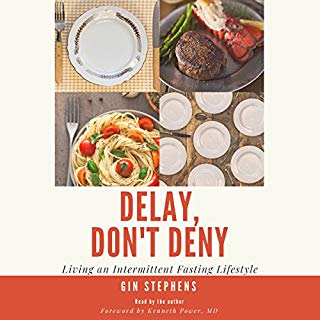 In my last post I had embarked on an intermittent fasting journey, a new Way of Eating (WOE) called One Meal a Day (using the
In my last post I had embarked on an intermittent fasting journey, a new Way of Eating (WOE) called One Meal a Day (using the 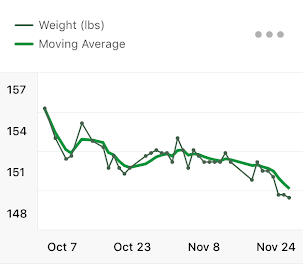
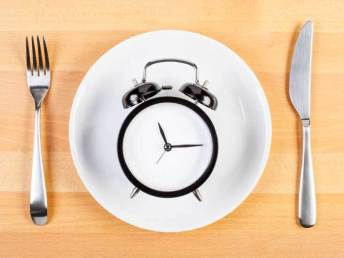
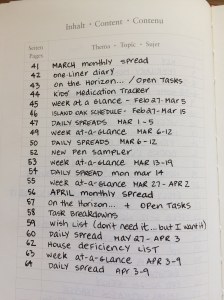
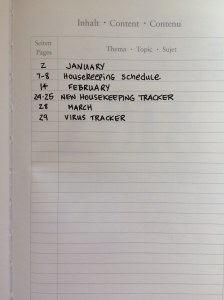
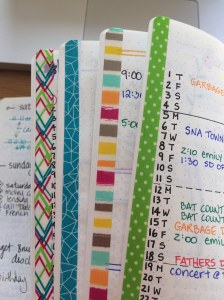


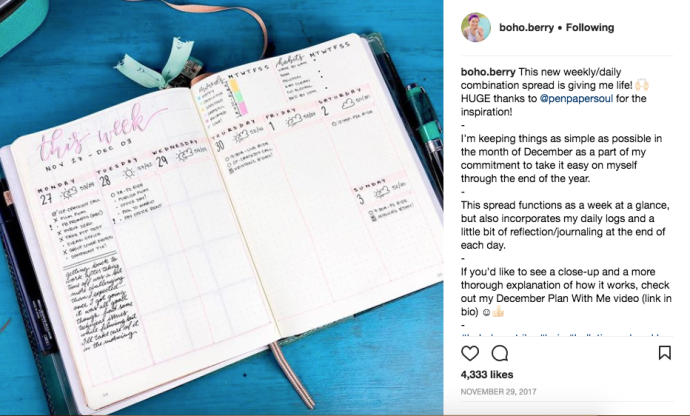

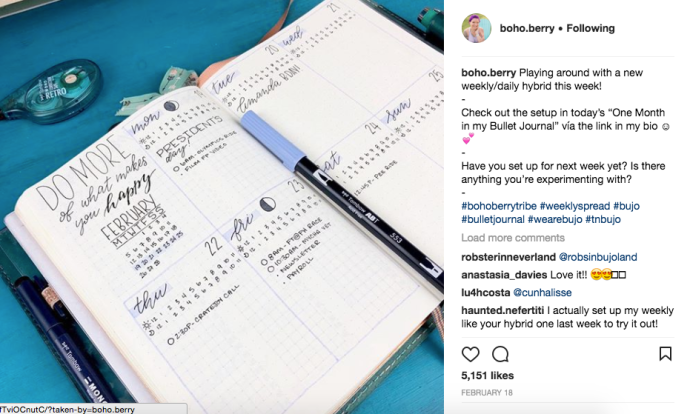
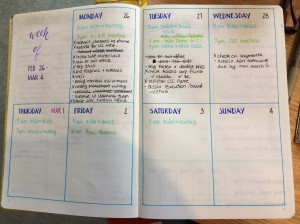
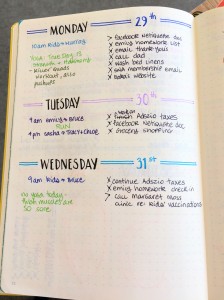

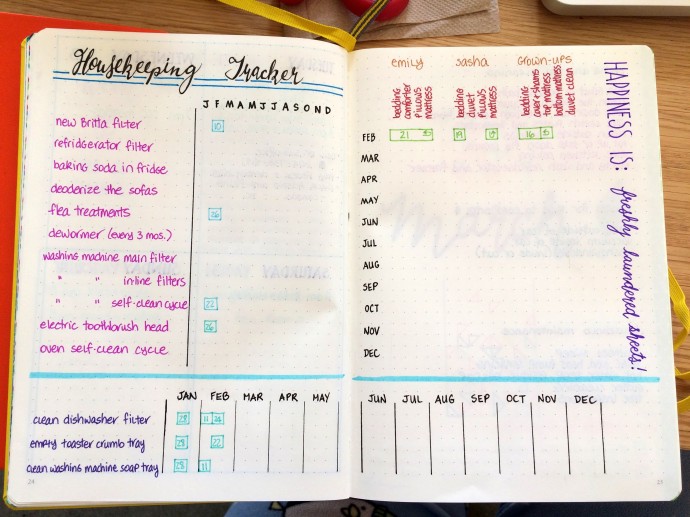



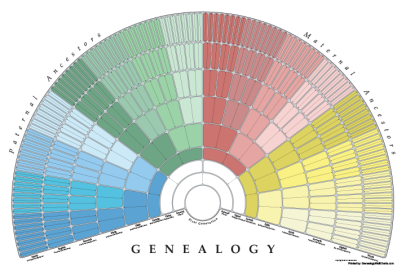

 Over the past 18 months I have taken up community activism in the form of joining our newly formed neighbourhood organization as a director and treasurer. A development set up shop in our neighbourhood that is creating a lot of noise, and the neighbouring municipality (we live right near the border between two local government jurisdictions) was partly at fault for not paying close enough attention when the offenders were applying for their permits. Not only has the business taken an antagonistic attitude towards the local residents (they are based in a nearby large city and don’t know nor appreciate the local culture), but Mayor and Council have decided on a strategy of covering their collective a$$e$ rather than dealing openly with the situation, so it has been quite frustrating. We ended up having to file a lawsuit, which is a long slow process in itself.
Over the past 18 months I have taken up community activism in the form of joining our newly formed neighbourhood organization as a director and treasurer. A development set up shop in our neighbourhood that is creating a lot of noise, and the neighbouring municipality (we live right near the border between two local government jurisdictions) was partly at fault for not paying close enough attention when the offenders were applying for their permits. Not only has the business taken an antagonistic attitude towards the local residents (they are based in a nearby large city and don’t know nor appreciate the local culture), but Mayor and Council have decided on a strategy of covering their collective a$$e$ rather than dealing openly with the situation, so it has been quite frustrating. We ended up having to file a lawsuit, which is a long slow process in itself.